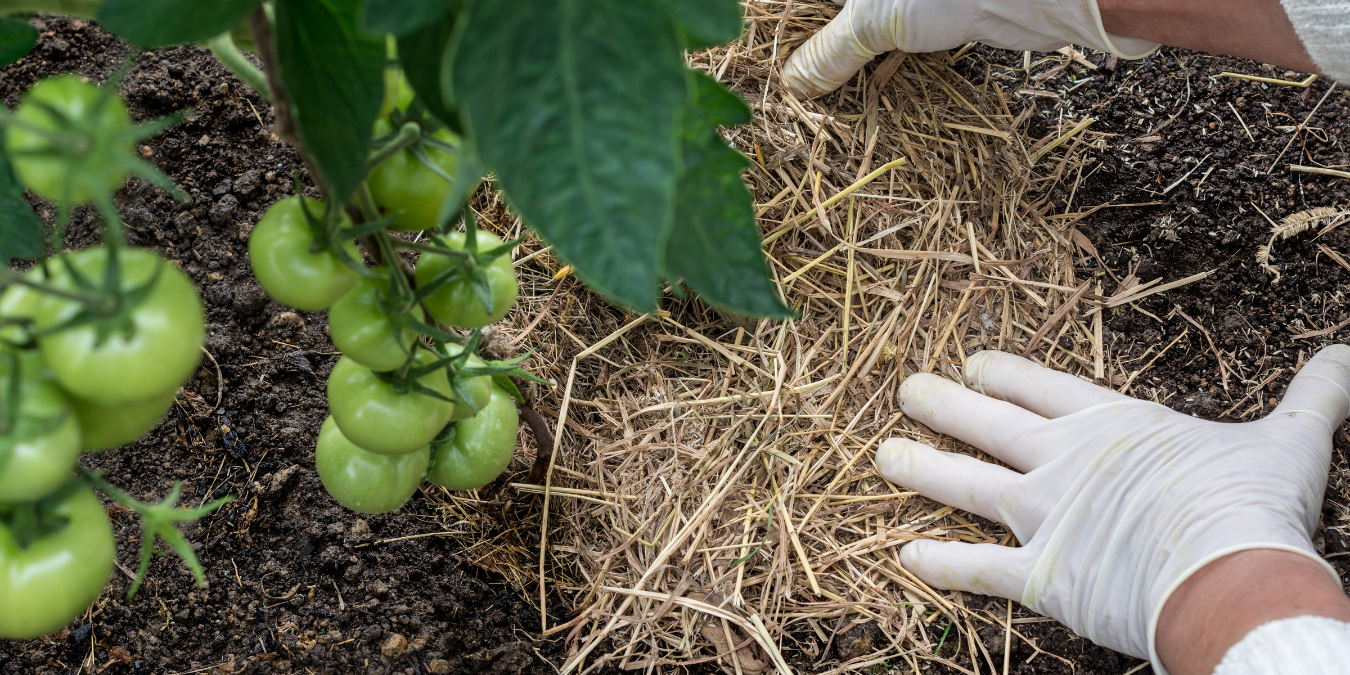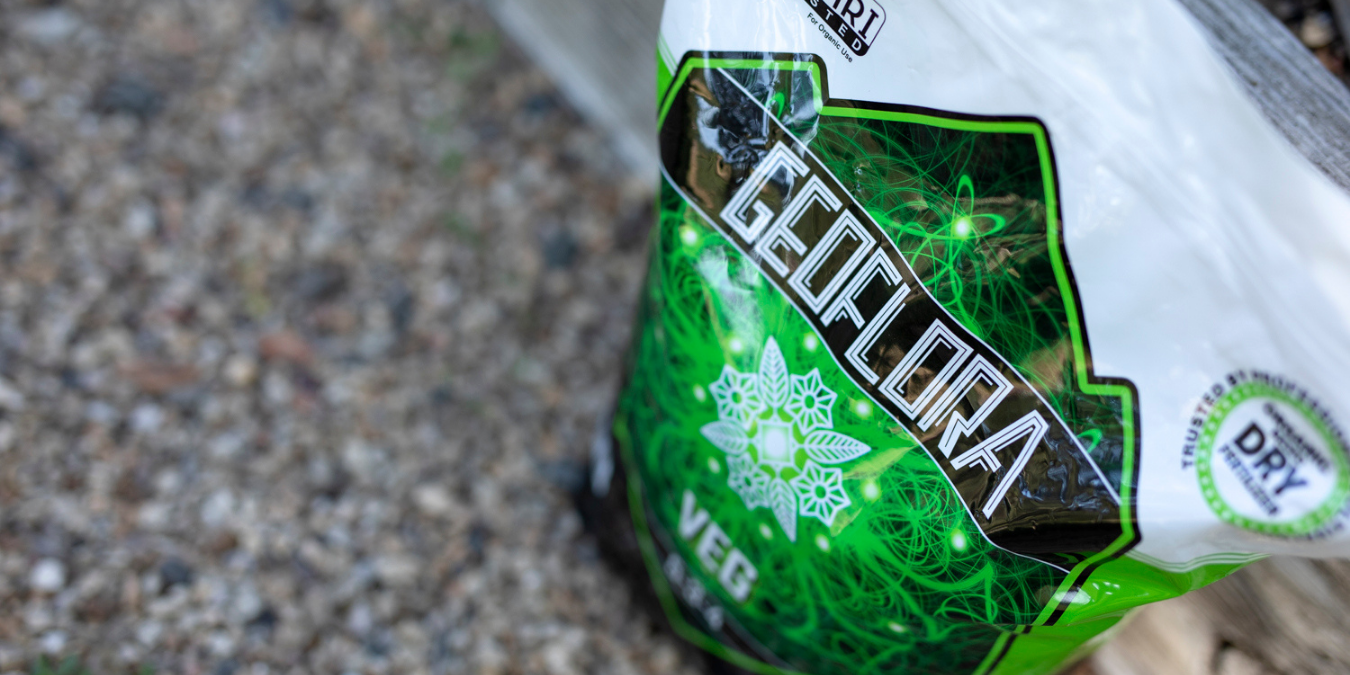For organic gardeners who strive to find ways to grow sustainably and naturally, no-till gardening is growing in popularity. No-till cultivation involves gardening without digging or turning the soil and can be an incredibly rewarding and beneficial gardening strategy. Many gardeners are making the switch, and in this article, we’ve taken a look at the reasons why.
What is No-Till Farming?
No-till farming is a growing trend in the cultivation community that involves allowing the soil to break down organic matter on its own without turning the ground, much like a natural forest floor. While this sounds like an easy task, no-till cultivation can take some time and effort to set up for success. Soil health is a huge factor in effectively implementing a no-till garden, which involves careful mulching, nutrient additions, and composting over long periods of time to ensure that the soil builds up a bank of nutrients and beneficial microbes that your plants can draw upon. In the long run, no-dig cultivation reduces the amount of physical labor that goes into the garden and can be beneficial for many reasons, including protecting soil organisms, retaining water, improving aeration, and even preventing weeds.
The Many Benefits of No-Till Cultivation
Protects Organisms
No-till farming’s most significant benefit is that it preserves the natural web of organisms in the rhizosphere, including mycorrhizae, bacteria, and beneficial invertebrates such as earthworms. Earthworms naturally work through the soil and convert it to usable nutrients. Additionally, mycorrhizal fungi and bacteria interact with plant roots to allow for nutrient exchange at the root zone that the plant would not reach or uptake on its own. These organisms naturally enhance the plant’s growth, resulting in higher yields, more robust stems and stalks, and healthier plants. When soil is tilled, these organisms’ structures and colonies are disturbed and sometimes destroyed, resulting in a rhizosphere lacking in these beneficial microbes and the nutrients they bring to the table.
Retains Water
No-till farming involves adding mulch to the top of the soil around plant roots. This creates a spongy top-layer of organic matter that protects and insulates the root zone from growing too hot or cold. In turn, this prevents evaporation and allows the growing media to retain water, which reduces costs and allows the root zone to maintain a healthy, more consistent level of hydration.
Improves Aeration
No-till cultivation also allows for better aeration in the soil. Frequent mulching creates decomposing layers of organic matter. Because the layers are made up of different components that have different densities, they do not become compacted like tilled soil does, allowing space between soil layers that results in more air reaching the root zone. Airflow is critical to soil health, as it provides oxygen to beneficial microbes, allowing them to flourish, and kills off many detrimental microbes that thrive in oxygen-free environments.
Prevents Weeds
Weeds find it difficult to take root in no-till gardens due to the use of frequent mulching. Adding mulch kills weeds that have already sprouted by depriving them of light, keeps the top layer of viable soil insulated from new weed seeds, and allows surviving weeds to be pulled effortlessly from the less-compacted soil that is created by regular mulching. In all, this method of farming results in less time spent on weeding your beds of troublesome pest plants.
The No-Till Movement
The No-Till movement is growing increasingly popular with organic gardeners as they strive to find ways to produce organic fruits, vegetables, and herbs sustainably. While this type of garden can be an enormous undertaking, no-till cultivation can be extremely rewarding. With the right setup, this approach can make gardening more manageable than traditional growing methods in the long run. Have you considered no-till gardening for your grow? Let us know in the comments!




